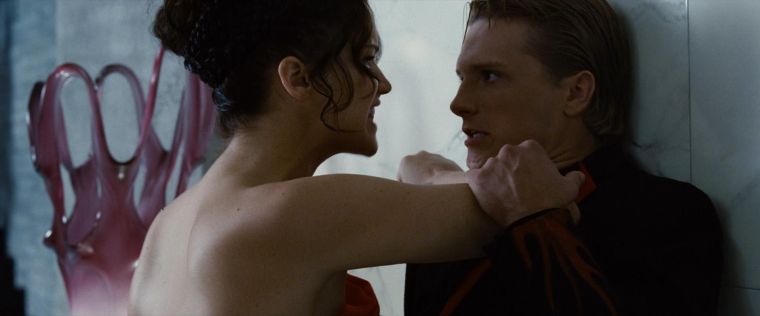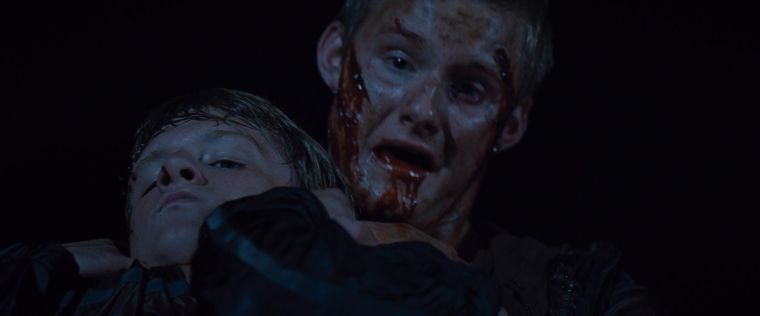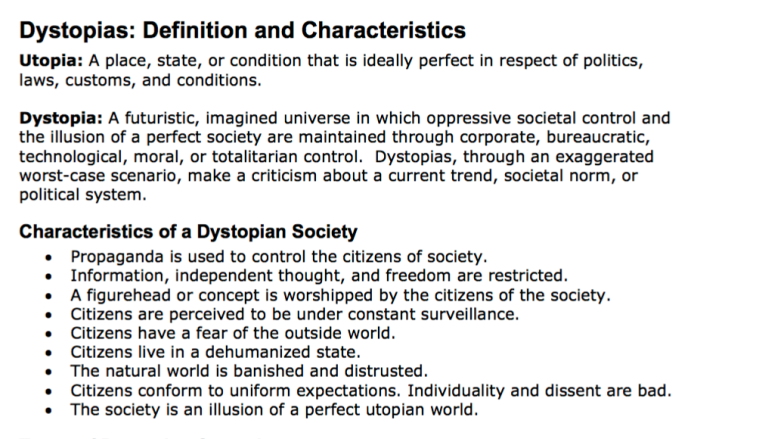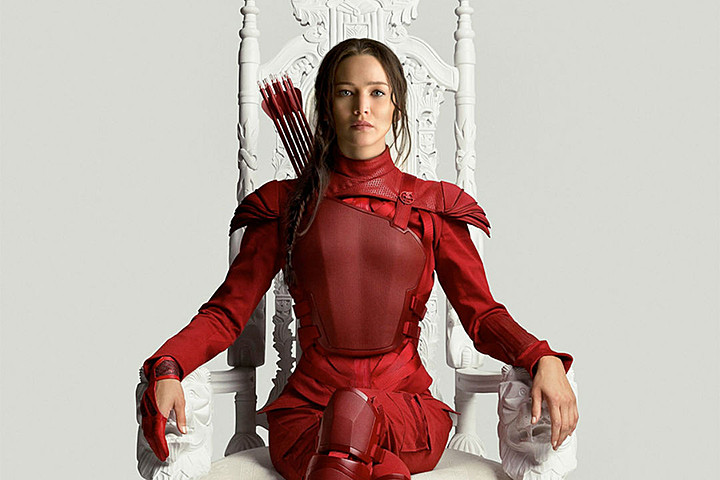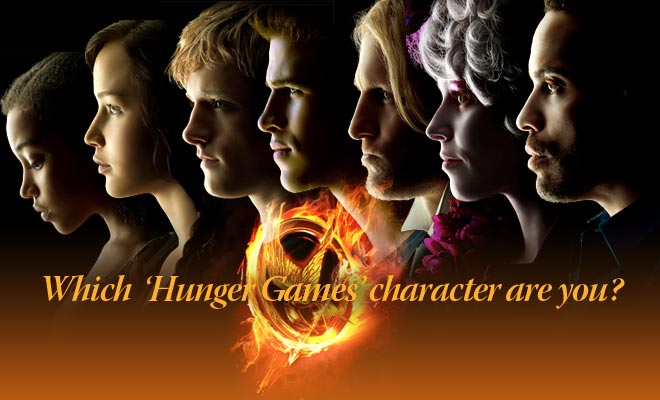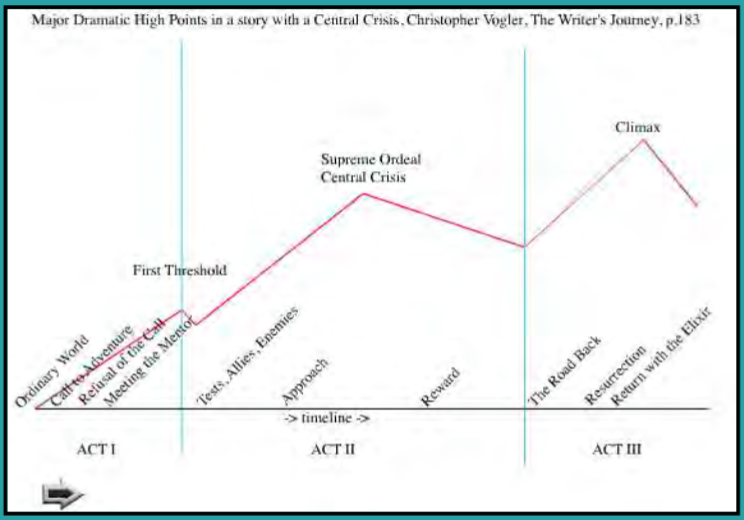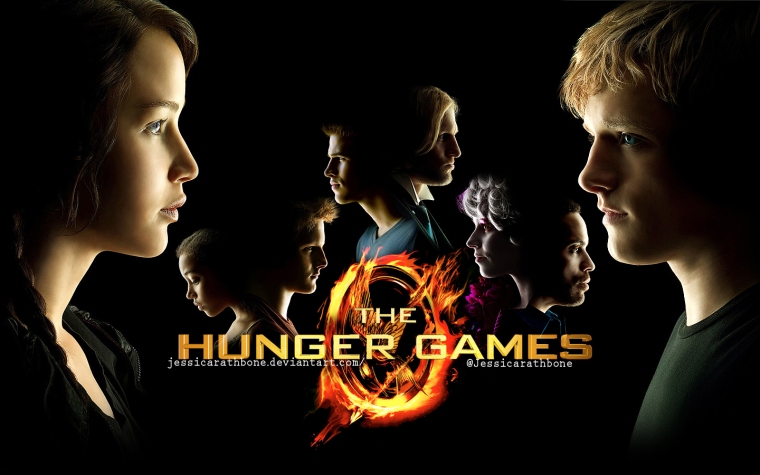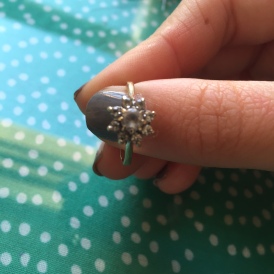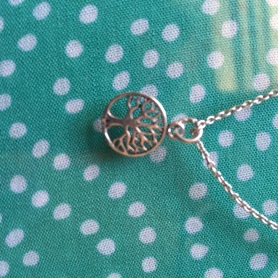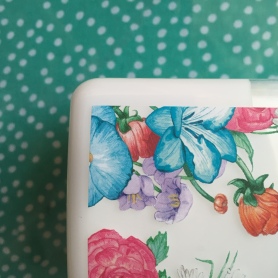We can design any object, virtual or physical, we can love our product or hate it, we can feel it is the easiest most practical thing to use or it takes a lot of skill. In all of that, we as designers cannot control the response and opinions of our audience. Although we can analyse our target audience to find out their needs and wants, their personal opinion of our design is not up to us. But we can influence it in our favour. We have been talking about context and culture of target audience a lot lately in class and I feel it is very important in the design research, user experience based designs. Two ways we can influence a positive perception of our design is through redundancy and Entropy.
Redundancy:
‘Redundancy refers to any part of the message that is predictable of conventional, and includes the way texts build into their messages predictability.’
Redundancy in my plain language is things that are repeated, texts that are familiar to people, that they don’t have to learn. For example a chair, I know how to use a chair because chair have a particular shape that is familiar to me, although some colours or designs may be new or different I know a chair is a chair because of its familiar shape
In my design object I employed the use of redundancy through the icons on the flyer. Using redundant or familiar icons to children was to plant an idea of fun in their minds. When using redundant images it will connect a customers brain to previous texts that they are familiar with to shape their perception of the item. Therefore, I used icons (similar to the image below) that represented fun to children on the design in the hope their previous familiarity with the objects will create a positive opinion to the product.

Entropy:
‘Entropy can be thought of as the delivery of new or unpredictable information.’
This requires the customer to learn new things in order to use the product, for example the apple iPad, it had redundancy with the formatting and layout of icons and programs on the screen however now this small computer no longer needed a mouse, keyboard or hard drive but instead could be used any where, any time with the touch of only one or two buttons. The apple iPad had new aspects of an old design that require people to learn the new or unpredictable information.

In my design object I don’t believe I used too much entropy, new ideas or unpredictability. The only new things I would have introduced is that the design was aimed at primary aged students exclusively in the franklin district in contrast to other children’s conferences being aimed at older student of different areas.












